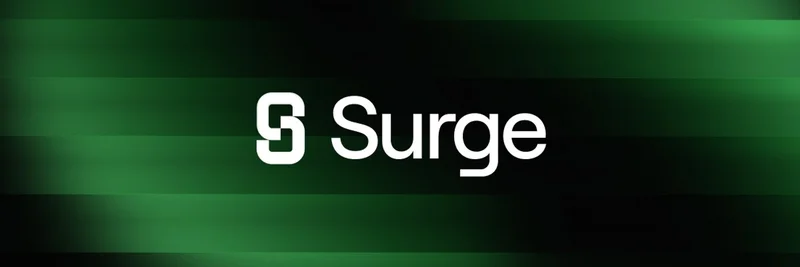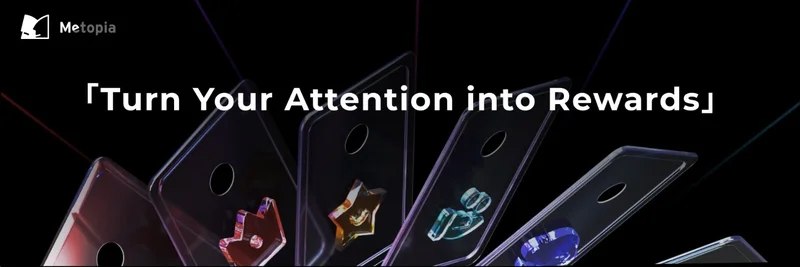TL;DR
- The Burner token on Base at 0x1d0d215413aa274364c0d2399bb2f867fcc4b2a7 has limited public documentation today.
- It appears thematically connected to the Burner Terminal, a point-of-sale product focused on stablecoin payments and low/no-fee merchant acceptance on Base.
- If you engage, verify the contract address, liquidity, and any burn/ownership functions before interacting.
- Learn how token burning works on Base, and use reputable tools and explorers to validate claims.
- For discovery and trading by contract address, consider platforms like GMGN, along with DEX front-ends such as Uniswap on Base and Aerodrome. Availability and liquidity may vary.
What’s known about Burner on Base right now
The on-chain address 0x1d0d215413aa274364c0d2399bb2f867fcc4b2a7 corresponds to a token labeled “Burner” on the Base network. As of now, there’s little in the way of mainstream listings (e.g., major aggregators) or a clearly linked official website/community for this exact address.
Two practical interpretations emerge:
- It may be a new or niche deployment that hasn’t yet been widely indexed or marketed.
- It may be associated with the Burner Terminal product, where the token could support payments, fees, or operational functions within that ecosystem (details are not publicly confirmed).
If you’re evaluating this asset, treat it like any young or under-documented token: rely on the contract address, verify activity on explorers, and look for transparent communications from any associated product team.
The Burner Terminal: cash-like crypto payments for merchants
The Burner Terminal is a point-of-sale solution aiming to make crypto payments feel as simple as cash:
- Focus on stablecoins: Supports USD II and USDC on Base, with plans to expand to additional networks and assets through 2026.
- EIP-681 QR flows: Payments via EIP-681 compatible wallets, including the Base app, with quick QR scanning.
- Optional card rails: Works alongside partners (e.g., Flexa) to integrate Visa/Mastercard for traditional card acceptance.
- Cost advantage: Lets merchants receive stablecoin payments with no transaction fees from the terminal side; standard card fees still apply if card rails are used.
- Hardware and tap-to-pay: Emphasis on hardware-level integration and mobile/tap-to-pay capability for a familiar checkout experience.
Learn more from the official site: burner.pro/terminal.
Note: While the naming suggests a connection, explicit tokenomics and confirmed utility for the Burner token at the Base address above are not publicly detailed. Always confirm with primary sources before making assumptions about token roles.
Quick primer: how token burning works on Base
Base is an Ethereum Layer 2, so ERC-20 tokens here follow familiar patterns:
- Burn function: Many tokens include a burn() or similar method that permanently removes tokens from supply.
- Burn address: Tokens can be sent to an irretrievable address like 0x000000000000000000000000000000000000dEaD (see example on BaseScan).
- Supply update: The contract’s totalSupply is reduced accordingly; every burn is visible on-chain.
- Tooling: Platforms like CoinFactory provide guided “burn” tools for ERC-20s on Base.
Burning can support scarcity, deflationary models, or protocol mechanics. Its impact depends on real demand, token utility, and honest implementation.
Opportunities and risks to weigh
Opportunities:
- Scarcity mechanics: Thoughtful burns can improve supply/demand dynamics.
- Deflationary alignment: Useful in systems with inflationary issuance or where burn is tied to real utility (e.g., fees).
- Signaling: Transparent, scheduled burns can reflect a project’s long-term commitment.
Risks:
- Utility gap: Burns without real demand or product traction rarely drive lasting value.
- Centralization: If a single owner or multisig controls burn rights, that’s a governance risk.
- Misleading optics: A lower total supply doesn’t guarantee liquidity or fair markets.
- Rug risk: New, unaudited tokens can misuse “burn” narratives; verify code and liquidity locks.
- Gas and costs: Burns are on-chain transactions with fees.
Due diligence checklist (practical steps)
- Confirm the contract address: 0x1d0d215413aa274364c0d2399bb2f867fcc4b2a7 on BaseScan.
- Review the contract:
- Is ownership renounced?
- Are there mint/burn/blacklist/whitelist functions?
- Any maxTx or tax parameters?
- Check liquidity:
- Which pools exist? Are LP tokens locked?
- Daily volume and slippage conditions?
- Look for credible links:
- Website, docs, team socials, and a consistent identity that maps to the token address.
- Verify narratives:
- If “burning” is claimed, can you see on-chain burns? Is the logic in code?
- Prefer audits or at least peer-reviewed code: Even a reputable third-party review (or open-source scrutiny) reduces unknowns.
Researching and trading by contract address
When a token has limited documentation, always operate by contract address to avoid imposters.
- Aggregators and trackers:
- GMGN: token page for Base 0x1d0d...b2a7 — View here
- DEX front-ends on Base:
- Uniswap: app.uniswap.org/swap?chain=base
- Aerodrome: aerodrome.finance
- Explorers:
- BaseScan: contract, holders, transfers, and any burn events — basescan.org
Note: Availability and liquidity can change quickly. If a pool doesn’t exist, you won’t be able to trade until one is created. Always double-check you’ve imported the correct token (by address).
Related “burner” concepts you may see
- Protocol “burner” contracts: Some systems route slashed or forfeited assets to burner-like modules; for instance, Symbiotic uses burner router contracts in its restaking mechanics, with a positive security review by ChainSecurity and documentation from Symbiotic.
- “Burner” wallets and terminals: The term also appears in hardware/payment contexts, such as Arx Research’s Burner Wallet and Terminal, aiming for simple crypto custody and PoS acceptance. Naming overlaps don’t imply token relationships—always verify the address.
Bottom line
- The Burner token at 0x1d0d215413aa274364c0d2399bb2f867fcc4b2a7 on Base currently has sparse public data. Treat it as an early-stage or niche deployment.
- The Burner Terminal narrative points to a real-world payments angle (stablecoins, QR/EIP-681, optional card rails, hardware/tap-to-pay), but confirmed token utility for this specific address remains unverified in public sources.
- If you explore, do strict address-based due diligence, assess liquidity and contract controls, and confirm any burn claims on-chain.
- For discovery and trading, start with trusted tools and always verify you’re interacting with the correct contract.




